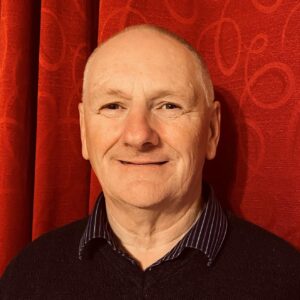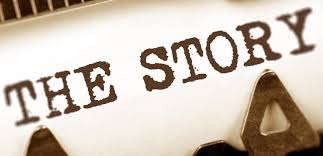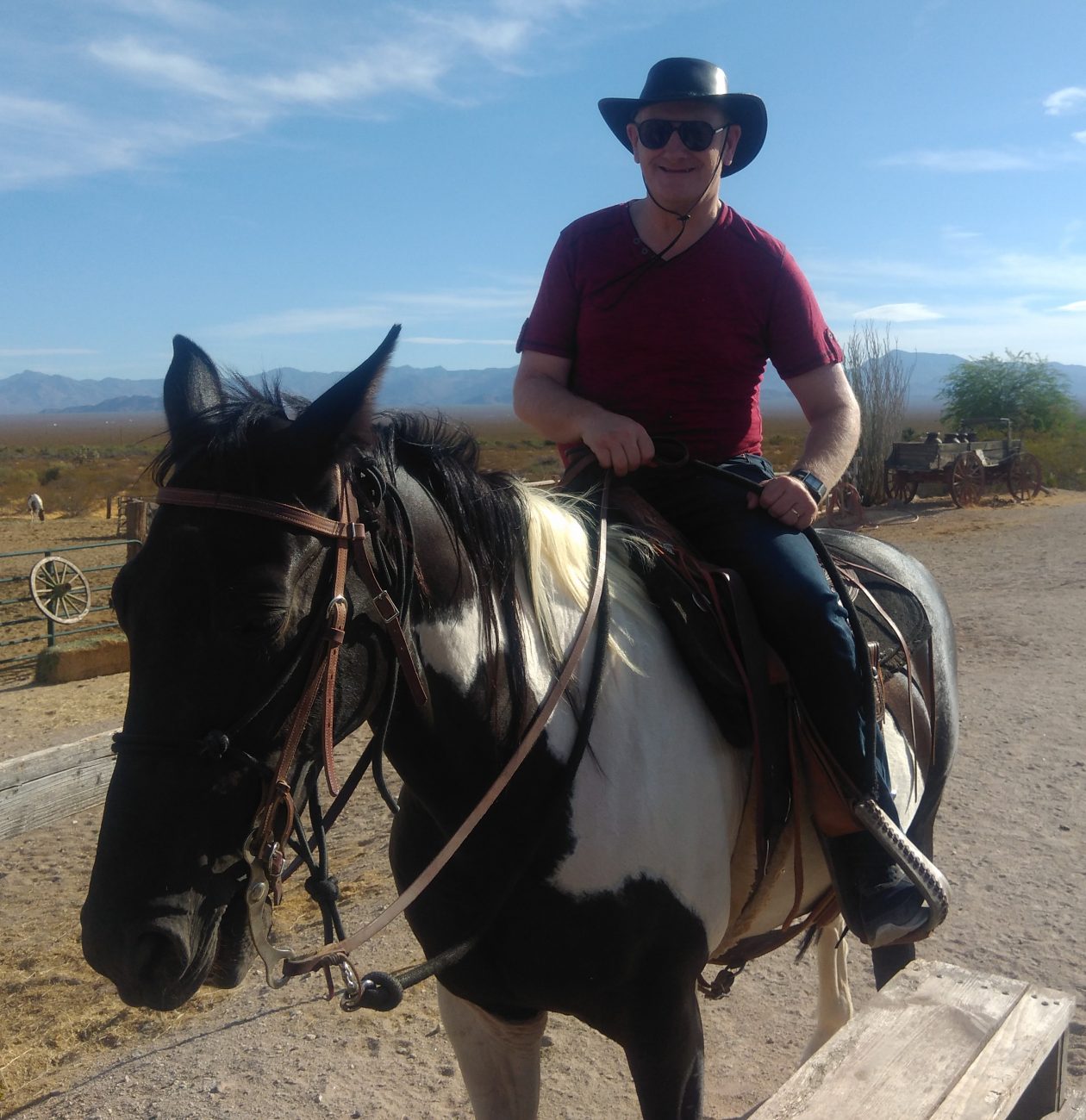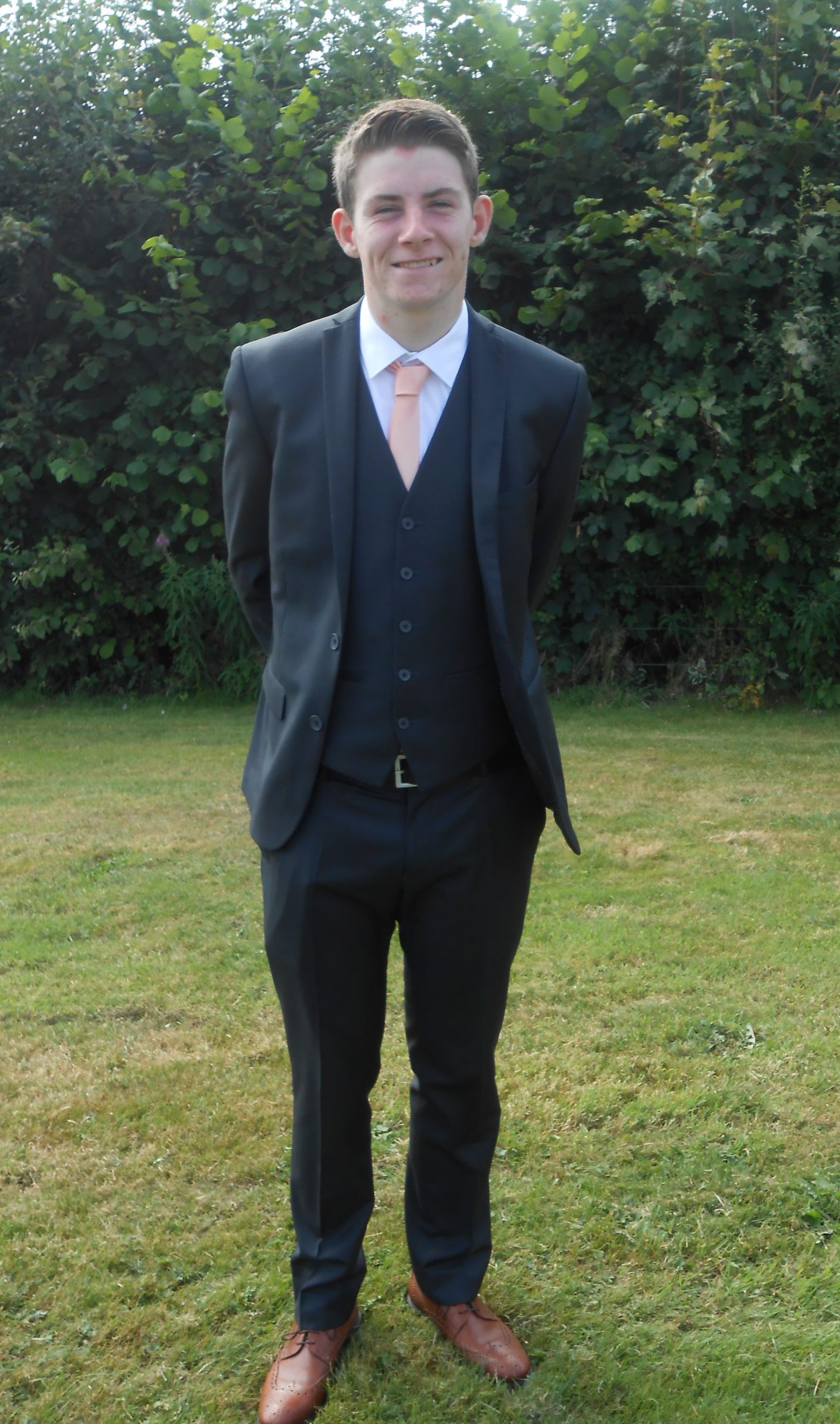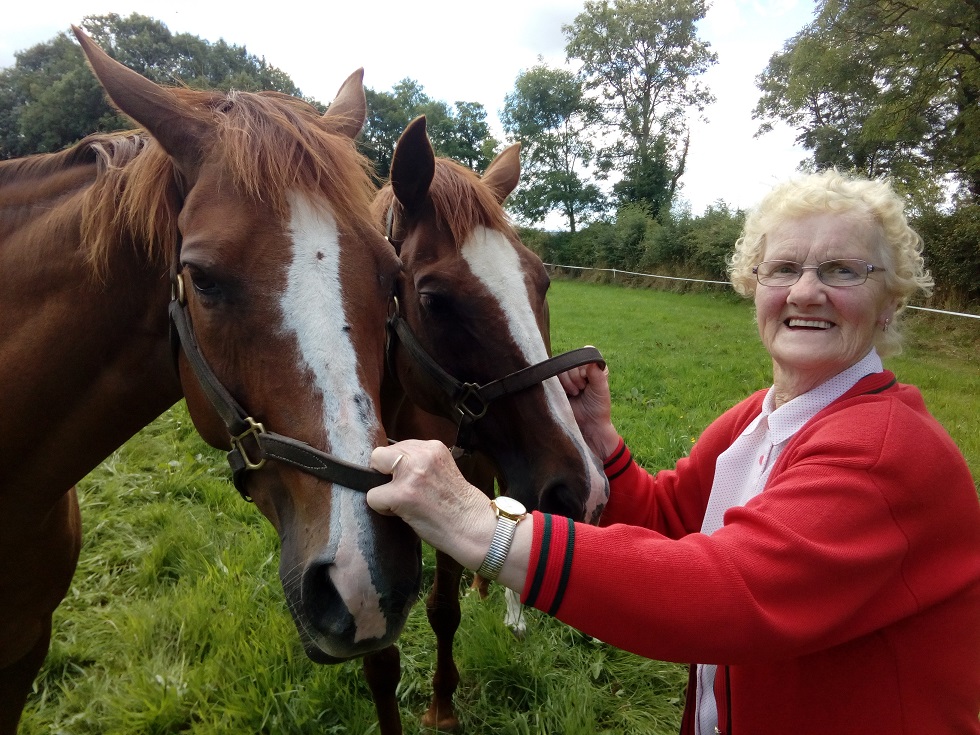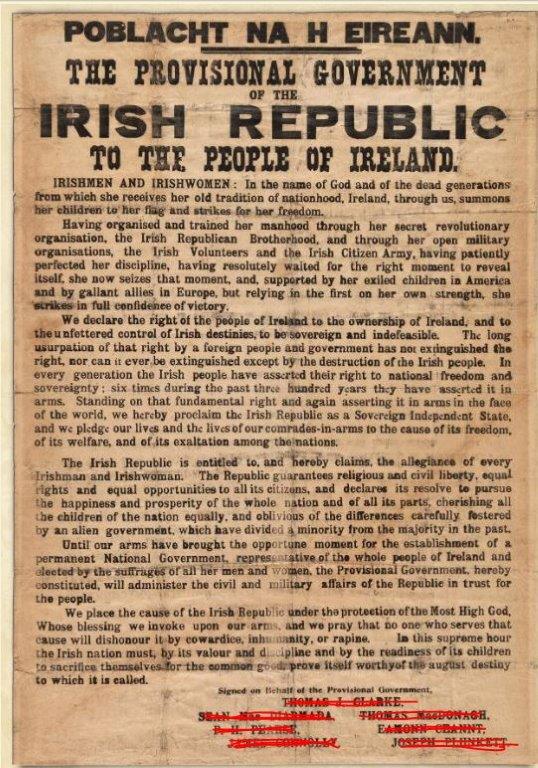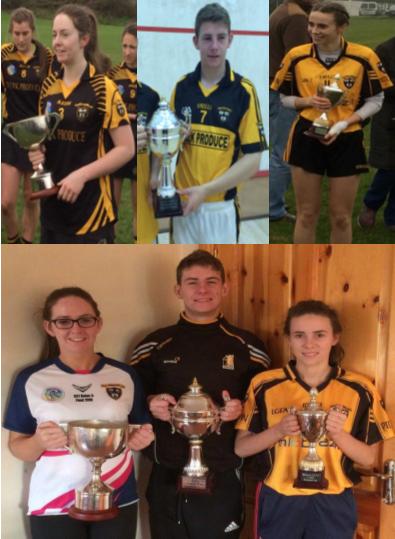The Story… If you Google the definition (and everyone loves to Google these days), you get “an account of imaginary or real people and events told for entertainment.” This is why when I write, The Story, is the most important aspect of my material, factual or fictional. I write to entertain, I write to tell a story because everyone has a story and everyone is a story and reading the written, should be entertaining. The academic scholar and literary writer indulge in the extravagant words with exquisite narrative and description. Often the pace and the context of the story is lost in the elaboration of their finely manicured words. My words are more simple than most, but the story is the key. The Story… Everyone loves a story no matter what the theme, setting or overriding emotion.
We Irish have a huge tradition of storytelling. The seanchaí of old, pictured by the fireside with an attentive audience, entertained with stories of legend, folklore and current affairs of the time, long before television, Netflix, Amazon and the many other forms of streaming entertainment. The story is what mattered to them. It had to provide entertainment on the long nights before electricity became available. The Irish culture is traditionally a social one and storytelling is the foundation that it is built upon. We love to socialise, from the fireside, the graveside, the church wall to the pub, the local shop or sports facility. We love to meet, talk, gossip and have a laugh. It is probably one of the reasons why we became known as the land of saints and scholars and produced so many renowned writers. Those special interactions. Even the guy on the bar stool regaled his audience with the story. His words and grammar were not always the best, but his story mattered and adapted versions would be narrated in workplaces and other hostelries thereafter.
Recently, I was at a book launch in Langton’s, Kilkenny. The book is called “Uncover, Discover, Recover” by Fergus Heffernan. Fergus is a man I have come to know and respect over the years through my hobbies of Drama and the GAA. The book is his story. It was a very good and intriguing launch with excerpts of the book read by local drama group members to great dramatic effect. I have to admit I am very slow to read books and it will take me some time to finish it, mainly due to all my hobby demands and reading shorter articles in my thirst for quick knowledge. (I know! A bit hypocritical for a writer). It could possibly take me a few months to complete. Although I had no idea before the launch what the book was going to be about, I get the gist of the story from the launch and the bit I have read. It has two strong threads of suicide and sexual abuse both underpinned by mental health. I have known and respected Fergus for many years and the content surprised me. I did not know or even guessed. Just goes to show. However, it his story and it takes a lot more courage to write your own story, especially that story, than the fiction that I write. Fair play to Fergus. I do hope the end of his written story offers hope and I am confident it will, because Fergus was there to launch the book himself, with a smile, to a huge, diverse and enthralled audience.
Hope is one key component of my stories. No matter what the content or context, I want my stories to give hope. Hope that they live happily ever after. Hope that they will find a way. Hope that they can live with the consequences. Hope that it will be better. Hope that there will be more. Hope is a belief in a better tomorrow. If you have hope at the end of a story, your story, the story has touched you, life gets better.
The stories, I write are fiction, but many, particularly the Irish based ones are based on real life events. Others, particularly the westerns, are the product of my wild imagination. But they all tell a story. As I said previously we all have a story and we all are a story. Our stories entertain. Our lives entertain. Even the sad and tragic ones entertain and capture our imagination and empathy. Entertainment is not always about the happy emotion, but hope is. We Irish love to ask “anything strange, exciting or new?” The answer is more often than not “No.” But the truth is our lives are exciting when you think about it and every day is actually different and sometimes even strange. The story is different every day, albeit similar. And maybe it is that similarity that causes us to miss the subtle differences. We are all diverse characters in one huge big story called Life.
My characters are often composites of people I know or the person I would like to be. We all strive to be someone else, better than what we are, but how many of us achieve that? Few I suggest. But writing and the story allow us to get close. It allows me to get close. If you love a story and who doesn’t, I believe you will be entertained by the stories I tell. My website and online published library is now over two years old. I am disappointed with the number of people who visited here and/or have read any of my stories, plays, novels etc. My stories have to be read to have life, provide entertainment, to give hope. I really appreciate those that have taken the time and especially those who have gave me feedback, positive or negative. Thank you from the bottom of my heart. You are good friends. I need more people to read and share my content. That is my ultimate hope for 2020. As I said at the start, everyone loves to Google. Why not Google into my stories this Christmas. Share with friends and relations. Be entertained. Find hope. Most of all… Savour the Story!
